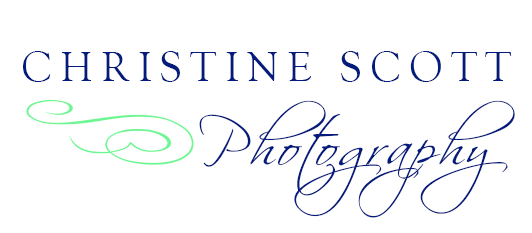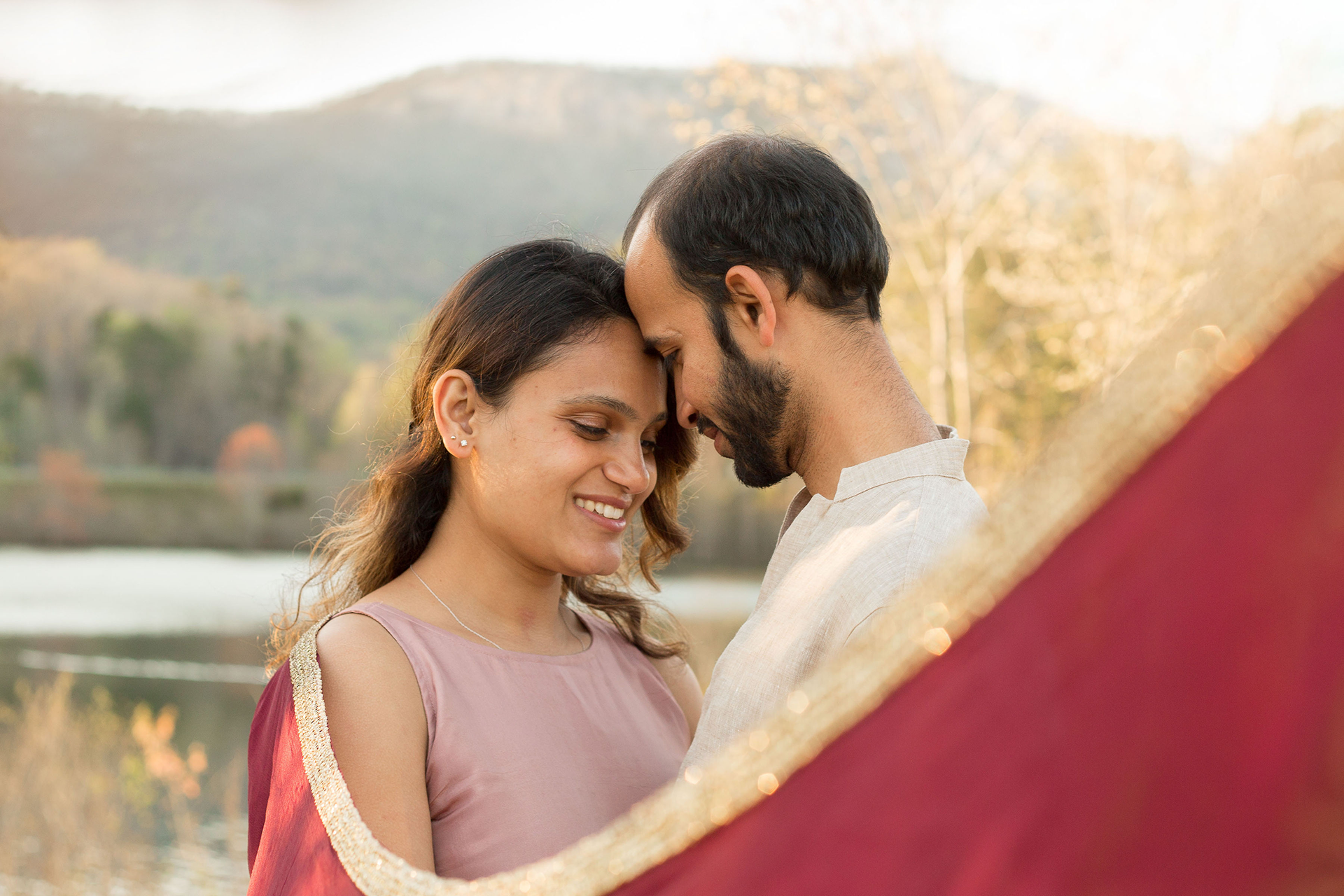When I found out I could see a total solar eclipse from my house, I was struggling to find information on how to take pictures of it. So here’s the info you’re looking for!
I found out that in 2017, my town would be in one of the peak eclipse viewing zones, meaning it would be one of the areas where the moon would be directly in front of the sun for the longest period of time. If you were close to that zone, you could see it for a shorter period of time, or see a partial eclipse. Of course I wanted to take photos of it, but there wasn’t a lot of information out there about it. I figured that not a lot of photographers will ever actually get the opportunity to take photos of eclipses, much less share all the details online.
First things first: the sun is brighter than you think, even when the moon is in front of it, so don’t look at the sun before totality (when the moon is completely in front of the sun) unless you have eclipse glasses. They were being handed out for free in a lot of places, like libraries, in my town. The preschool where I worked at the time was giving them out, so that’s how I got mine.
Second things second: your camera also should not point towards the sun until totality unless you have a solar filter. Otherwise, you can damage your sensor. I didn’t try to get a solar filter until about a week before the eclipse, and they were out of stock everywhere, so I didn’t take any photos of the crescent sun.
ALSO: remember that certain things might be triggered by the sudden change from light to dark and back to light, like nocturnal animals or anything with a light sensor. My husband was at work and said that the streetlights came on.
Camera settings for an eclipse
My biggest question was whether to use camera settings for broad daylight or darkness because both would be happening at the same time. I found some post about exact settings to use, and it didn’t work for me. What I found out during the 2 minutes and 28 seconds of totality was that even though it’s dark outside, you’re still pointing your camera towards the brightest light in the world, so I had to approach it like it was really light outside.
If you’re not familiar with camera settings, here’s a rough breakdown:
Your aperture, measured by your F-stop and shown with “f/” in front of a number, is the size of the hole that the image is coming through. This is designed to work like your eye. In the darkness, your pupil will get bigger, which means that your eye is making a bigger hole to let in more light. When you’re in somewhere with more light, the pupil gets smaller, making a smaller hole to let in LESS light. This is also why your eyes hurt when you get your pupils dilated at the doctor and then go outside—your eyes are letting in more light than usual. So to apply that to a camera, you should use a narrow aperture when there’s a lot of light and a wide aperture when it’s darker. A wider aperture will be shown with a smaller number, like f/2.8, and a more narrow aperture will be shown with a bigger number, like f/18.
Your shutter speed is how much time is shown in your photo. You usually want a faster shutter speed to freeze motion, but you let in more light by using a slower shutter speed. If you’re trying to take photos of something in the dark, you want a fast enough shutter speed to not make the photo blurry, but slow enough to let in enough light to see what’s there.
ISO is a setting that’s used for increasing your camera’s sensitivity to light. If you’re using your camera’s widest aperture and the slowest shutter speed you can use without making the photo blurry, but the photo still looks dark, you can increase your ISO.
For the eclipse, I discovered that the sun was still really bright, even when it was covered by the moon. I ended up using a really narrow aperture (higher F-stop number), with a lower ISO so the sun wouldn’t blow the photo out. I think I kept my shutter speed around 1/200, which is usually where I feel comfortable taking a handheld photo without motion blur. I used a zoom lens so the sun/moon would take up more of the photo.
Also, make sure you find a place with a clear enough view so the eclipse won’t be behind trees or buildings. On the days leading up to the eclipse, go out around the time the eclipse is supposed to happen and take note of where the sun is.
I only had two and a half minutes to take these photos, so I focused on getting a close-up of the eclipse instead of trying to get other scenery in the frame. I probably would have needed a flash for anything to be visible in the photo, and that would have disrupted other people’s viewing experiences. Plus, that’s another camera setting to have to mess with in such a short amount of time.
In hindsight, this is probably when I should have stopped taking photos.
What I DID do during the crescent sun was look for sun spots, like through trees. When the sun shines through a tree on a normal day, you’ll see circles on the sidewalk, but when there’s a partial eclipse, those circles will become crescents. I don’t really have a scientific explanation for why it’s like that, but it was eerie and cool.
I walked back to my apartment after the light seemed to have gone back to normal, but the patterns in the shadows were still crescent-shaped, telling me that something was still unusual.
You can also take pictures of people and scenery around you, like your friends and family wearing eclipse glasses. Just know that you have to be very verbal when people are posing for you because when you’re wearing eclipse glasses, you can’t see anything except for the sun. I took a few photos for people who didn’t see that I was done taking the photo and kept standing there and smiling as I walked towards them. If you’re taking a selfie, put the glasses on after you’ve put your phone in place so you know where to look.
What was the experience like?
When I got my eclipse glasses a few days beforehand, I immediately went outside and looked towards the sun. The view was completely black except for a little glowing light where the sun was, kind of like seeing a Christmas tree light on the other side of a dark room. I took the glasses home and realized that some of my lights were bright enough for me to see. I could fire my camera flashes at full power right in front of my face and it still didn’t look very bright.
My mom and her friend came down to visit that weekend so they could see the eclipse. We decided not to drive anywhere because traffic was expected to be way worse than we could imagine, which it was. I didn’t care as much about the location as I did about getting a clear view. It was summer, so there was an eclipse viewing party at the pool in my apartment complex. The eclipse was early in the afternoon, so the sun was high enough in the sky that it wouldn’t be blocked by trees. We were lucky to have a completely sunny day so we could see everything clearly. I remember someone with Eclipse glasses saying, “it’s starting!” even though it was still bright outside. Sure enough, I put my glasses on and the sun was becoming more crescent-shaped.
I had read that I would see a full-sky sunset, but what I saw was more like the sky becoming more purple. In the last hour or so before totality, I’d swim across the pool and the sky would be ever so slightly more purple when I came back up. It quickly went from purple sky to twilight to complete darkness. There it was, a ring of light in the black sky, kind of like a spaceship. One of my preschoolers later described it to me as “the black sun.” People were cheering for the MOON and hugging! There was even a proposal! I had seen pictures of what an eclipse would look like, but I couldn’t fathom how cool it would look until I saw it.
The local classic rock station was playing moon-themed songs before totality, then Pink Floyd’s Dark Side of the Moon all the way through during totality, and then sun-themed songs as the sun came back out. I’m a Pink Floyd fan, so Eclipse is now one of my favorite Pink Floyd songs because of how incredible it was to hear that song during an actual eclipse. Total Eclipse of the Heart would also be a good choice, but you know, I only had 2 1/2 minutes.
To get photo tips like this straight to your inbox, click here to join my newsletter!
Prints of the total eclipse can be purchased here.









How to elope with your dog in South Carolina